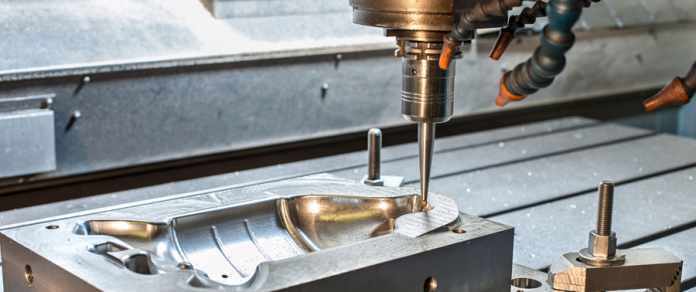Aluminium die casting is a conventional process of making metal parts for telecommunication, automotive and industrial machinery products. Typically, the process uses molten aluminium or ingots injected into metal dies to make custom aluminium die casting components. And, since aluminium is lighter than zinc and iron, it’s a typical component that most automotive and machinery industries prefer. But while it’s the most sought-after method, there are a few things you should know about aluminium die casting. Here are a few mentions.
- Finishing and machining options
Die casted aluminium components don’t require rigorous machining processes. Besides, only a few finishing procedures can be enough compared to other metal alloys. Die casting moulds usually have smooth surfaces that need low-level finishing, such as sandblasting or shot peening to increase fatigue resistance. If it calls for it, applying a decorative coating, which also serves protection purposes, gives them an incredible aesthetic appeal. Other non-decorative finishes in aluminium die casting include anodizing and sublimation.
- Compatibility to cold and hot die casting
Since die casting uses hot molten metal injected into moulds, coming across these terms can be baffling. However, the case is simple; hot die casting pre-hits metal or alloys in the mould chamber before moldings, whereas cold die casting uses a separate heating chamber. The compatibility of aluminium or aluminium alloys to cold die casting is better compared to hot die casting.
Principally, aluminium has a high melting point. And since the injection punch and pressure chamber are immersed into the liquid metal for lengthy periods, they affect their service life. Besides, this process also increases the alloy’s iron content, affecting its functionality.
- Standard types of aluminium die casting alloys
The intention for the use of an aluminium alloy determines the types of alloy to be picked. A few alloys can be of use in aluminium die casting, including CC401, A380, B390 and A360, among others. Apart from the intention of use, aluminium alloys are sorted by their best attributes, including fluidity, hot cracking resistance, and thermal and mechanical properties.
For instance, the B390 alloy is widely used in automotive engine blocks since its ductility is lower and is incredibly resistant to wear. Other alloys with different properties also suit various functions, and it all depends on a manufacturer’s preferences.
- It’s a cheaper alternative to zinc or iron die casting
Aluminium is commonly available and fetches low market prices. This feature makes it the most preferable in industrial machinery and telecommunication companies. Zinc and iron can be expensive for planned bulk productions, although they can be as good as aluminium. Besides the low cost, aluminium alloys make lighter metal machine components, which helps their bulk weight. Iron and zinc machines are heavier compared to those with aluminium components, thus most preferred.
Benefits of aluminium alloys
- They are cost-effective
- They are highly conductive and can fit in components of machines
- Aluminium parts are reusable and recyclable compared to iron, zinc and magnesium.
- Aluminium alloy parts are lightweight and don’t affect the weight of machinery.
- They are durable and corrosion-resistant.
Conclusion
Most industries and automotive companies prefer using Custom aluminium die casting metal parts, and the reasons are lucid. Aluminium provides better machining and finishing options and offers better alloys that are common in modern machinery. Besides, aluminium alloy parts are durable, lightweight, and environmentally friendly due to their recyclability and reusability.
















